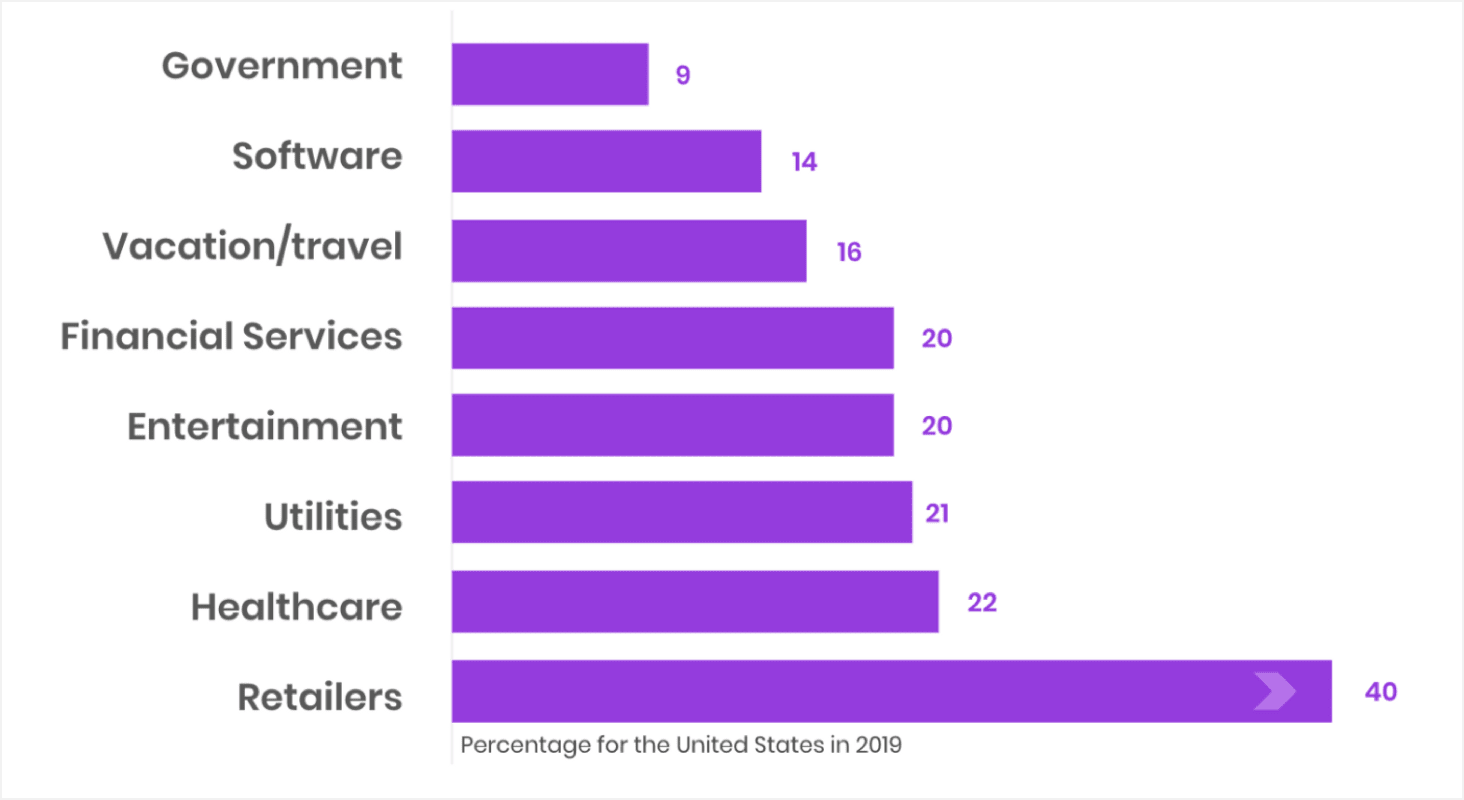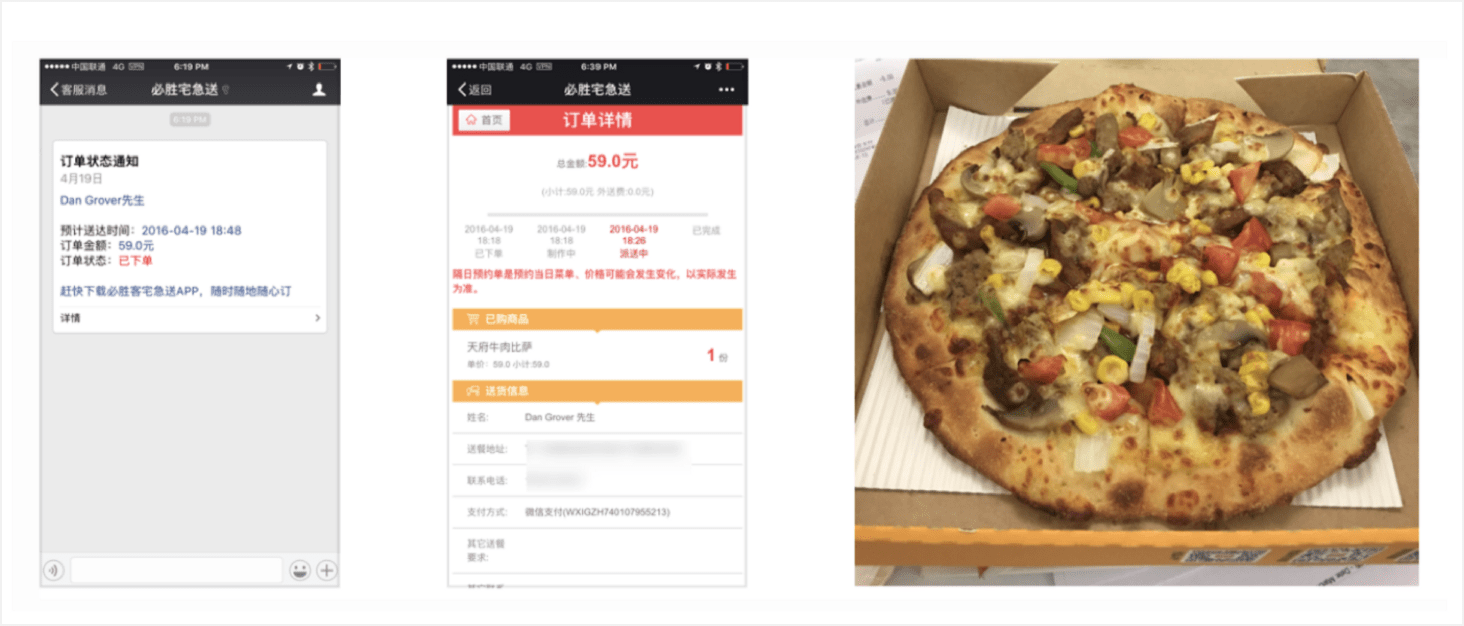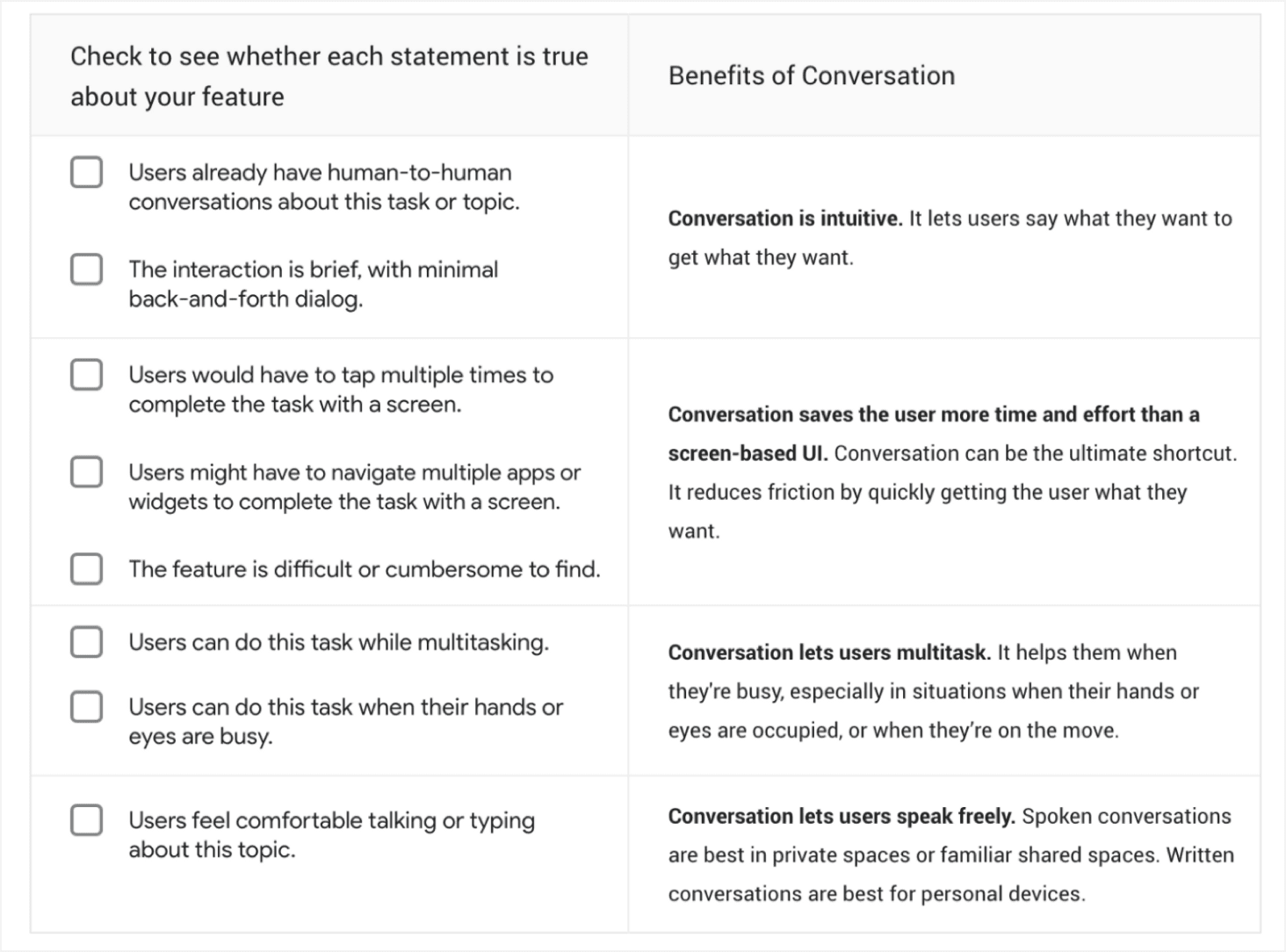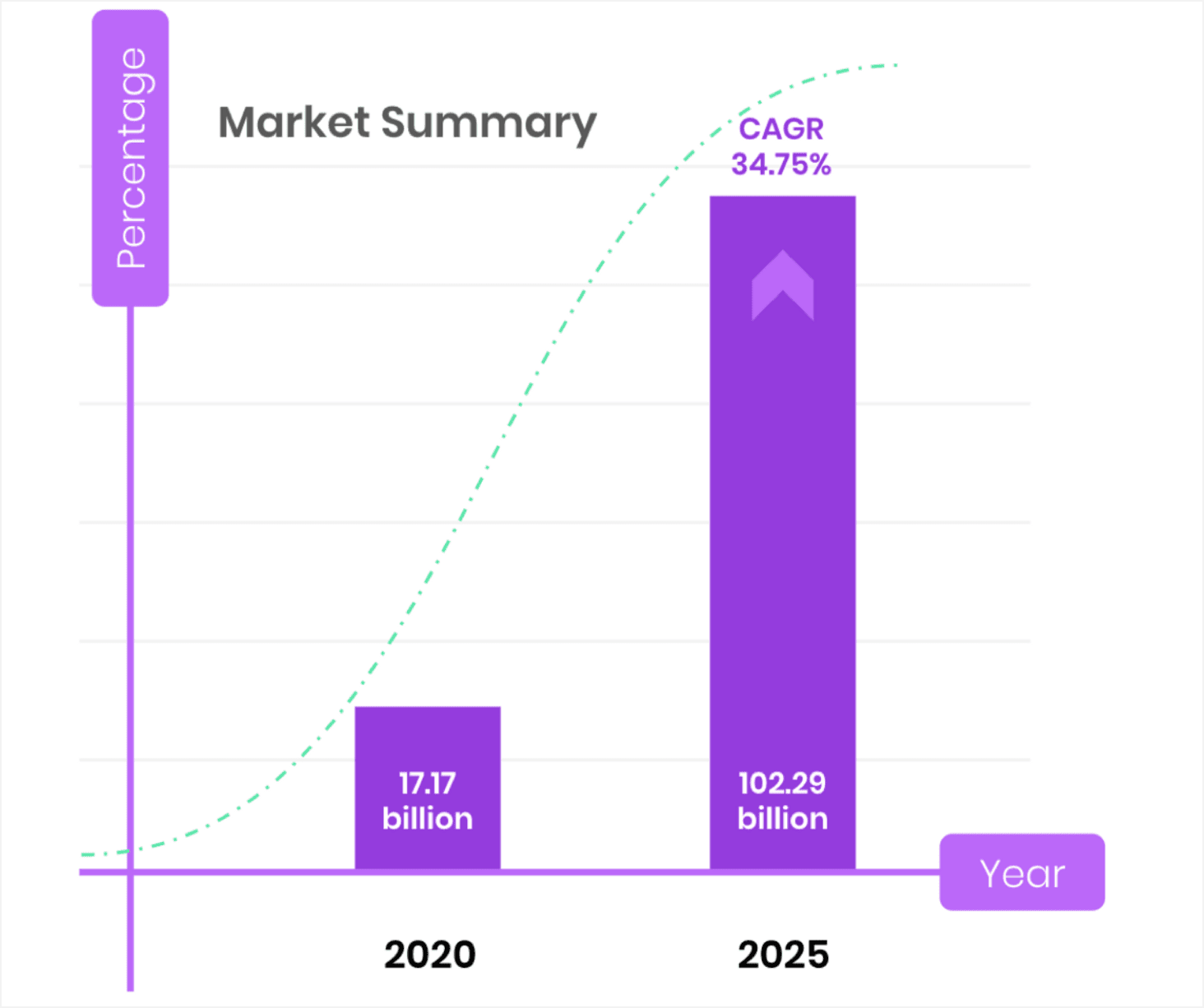To Bot ot not to Bot, that is the question
Usability or trend? An analysis on the impact of virtual assistants in a pandemic world.

How many times have you heard the word chatbot in the last month?
Have you ever wanted to schedule a blood analysis at a laboratory, check on the status of an order or buy some food on Saturday night, and in the middle stumble upon a chatbot?
Chatbots are becoming popular due to the increasing global penetration of messaging applications. Facebook Messenger, WeChat, Telegram and WhatsApp have become the communication channel of choice for the majority of consumers globally, whether they are talking with friends or interacting with brands. 8 billion messages a month are exchanged between companies and customers only on Facebook Messenger.

Notes: Platforms identified by () have not published updated user numbers in the past 12 months, so figures will be less reliable.* 👀 Sources: Special reports: DIGITAL 2021: THE LATEST INSIGHTS INTO THE ‘STATE OF DIGITAL’ By We are social. Kepios analysis (Jan 2021), based on data published in: (1) Company statements and earnings announcements; (2) platforms’ self-service ad tools.
These apps, provide the perfect environment for a chatbot implementation.
During the last year, as a result of the pandemic lockdown, there has been a great growth in demand for online shopping and customer service. Most of us have experienced at first-hand, how, from large banks and retailers to small businesses, adapted their businesses towards conversational interfaces in the messaging apps most used by their clients.
Wait. Let’s take a few steps back
We all know what a chatbot is but … What are conversational interfaces? (CUI).
A conversational interface is a language based on human conversations, which in most cases is self-contained and works well on multiple platforms, such as computers, smartphones, smartwatches, and cars, as well as devices that do not have screens, such as Amazon’s Alexa.
There are different types of conversational interfaces
Text-Based Interfaces
Chatbots are visual interfaces that can appear on both desktop computers and mobile devices. By simply typing a word, we are providing the entrance (also known as “INPUT”). Depending on the quality of that input, the bot will provide an answer (called “OUTPUT”).
There are different types of chatbots, among them we can distinguish
AI-driven bots: They use natural language processing (NLP) and (sometimes) machine learning to analyze and understand requests that human users type in the interface. An ideal AI-powered bot should be able to understand the nuances of human language. It should recognize a variety of responses and be able to derive the meaning of the implications rather than just understanding specific commands from the syntax.
Rule-based bot: Answer user questions according to the rules described by its programmer.
The rules can be really simple or incredibly complex. However, unlike an AI chatbot, this type of bot can (almost) never respond to something that it is not coded to do.
Writing rules for all possible scenarios is time consuming, so users quickly discover the shortcomings of this type of bot.
Choose-Your-Adventure bot: It is a “gamified” version of a conversational interface. The interaction is not based on artificial intelligence or machine learning. Instead, it provides the user with suggested responses in the form of quick responses, buttons, emojis, or other visual component.
Voice-Based Interfaces
Are bots that allow communication without the need for a graphical interface based solely on sound. VUIs (Voice User Interfaces) are powered by artificial intelligence, machine learning, and speech recognition technologies.
When it comes to voice interfaces, deep understanding of natural language is even more critical as it really puts us in a position to speak to computers rather than to type.
The best examples of voice assistants are Google Home and Amazon Echo. Not only did they introduce VUI to the world, but they also worked hard to improve them.
Multi-modal interfaces (My favorite)
Multimodal interfaces are a more human form of communication between a user and a machine. Our brain is a very good image processing machine. According to studies, even when we talk to another person, non-verbal communication is two-thirds of the conversation. According to other studies, we absorb most of the information from our sight (83% Vision, 11% hearing, 3% smell, 2% touch and 1% taste). In short, our eyes are our primary sensors.
We are very good at recognizing and processing images. This means that we can visually process complex information faster. On the other hand, our reaction time to sound is faster, so voice is a good choice for announcements.
And because humans are good at combining different channels, technology will advance and use multimodal interfaces to accommodate human capabilities. These interfaces will use different channels for input and output, and different media for different types of information.
Bot yes or bot no
Should I develop an assistant for my company / product / service?
If your main use case is hands-free, like a driving assistant or a kitchen app, then the answer is yes. It will also be useful if users will use it as a health care or comfort app, even more if it is a home assistant.
If your use cases involve people using it in public places, like navigating a public transportation system or for people on the go, a voice interface (VUI) might not be the best solution.
A good exercise to practice before starting, is to ask how many “taps” or “clicks” it takes for the user to complete a certain action. And convert that into time so you can compare how long it will take to do the same action with the voice.

Report by Grand View Research, Inc.
Dan Grover, in his article “Bots won’t replace apps. Better apps will replace apps “, compares ordering a pizza using a pizza chatbot with ordering a pizza in the Pizza Hut WeChat integration.
It took 73 taps to tell the bot what he wanted, and only 16 taps with the chat app. He said, “I have ordered a pizza in 16 taps. That includes 1 for choosing “medium size”, and 6 for entering my PIN. For some reason it is not configured to use my TouchID. […] And I didn’t have to leave my chat application to get it. “

Google created a quiz that can be very useful when starting a project and deciding whether or not to create a conversational interface.

Before designing anything, we need to think carefully about the users and their use cases. Having a conversational interface because it is “trendy” or fashion is not the correct way. If the product or service were to be improved with an assistant or a chatbot, then let’s design with this in mind from the start and create an amazing user experience.
Chatbots: Growth and impact 2020–2026
The chatbot market was valued at USD 17.17 billion in 2020 and is forecast to reach USD 102.29 billion in 2026, registering a CAGR of 34.75% during the forecast period, 2021–2026. Virtual assistants are rising due to deep neural networks, machine learning, and other AI technologies.

Please note the data on this page shows percentage between a study period (2018–2026) with a base year on 2020, and observations based on chatbots behavioural changes after the pandemic’s impact. Source: Chatbot market: Growth, trends Covid-19 impact & forecasts (2021–2026) — BY Mordor Intelligence.
This is the question
Allowing users to talk to their phones and devices opens up a world of experiences. Whether it’s looking up information during a dinner discussion, asking a device to turn off the lights, or managing your daily life tasks.
Although conversational interfaces are becoming more and more common, there are still many users who are not familiar with or do not trust them. Many people try speech recognition on their smartphone once and then when it fails, they never try again. It should be noted that developing a bot does not imply replacing existing channels. It is not “or bot, or app, or web”, it is all together, as long as it adapts to the needs of users. The richness of having a conversational platform is precisely in adapting it to the channel ecosystem and providing an “omnichannel” solution, always thinking that there are different needs and different ways of solving them depending on the type of user. Let’s design the complete experience as a whole and not as a sum of parts. Let’s avoid creating another Frankenstein that with Mary Shelley’s is enough, and more than enough.
Lastly, let’s make sure to be very careful when designing. Let’s use our knowledge of human psychology and linguistics, as well as user experience design, to ensure that we create simple but highly useful experiences.